American Stork Across the road from Casa Liria is a mangrove swamp and immediately adjacent to the road is a shallow marsh. There are always birds feeding in the marsh or perched in the surrounding trees. The other day, I observed a dozen or more Wood Storks along with groups of Snowy and Great Egrets feeding in the marsh. As you can see in the picture, these large wading birds are mostly white, but what you can't see is their black under-tail and outer wing feathers. The Wood Stork with its large wingspan of 5.5 feet is impressive in flight with their black and white contrasting colors. They also have long black legs ideally suited for wading, with featherless dark gray scaly heads and necks. Storks have extremely large beaks which they use for probing in mud and muck for food, such as crustaceans, snakes, lizards, amphibians and other small creatures. They build nests of stick platforms high in trees and generally nest in large groups of hundreds of pairs. The Wood Stork gets part of its name from inhabiting freshwater, brackish, and salt marshes that often are wooded, as is the marsh across the road from me. If you read my last species account of the Black Vulture, you will remember that the Wood Stork and the Black Vulture are closely related. They also have the noises they make in common which are grunts, croaks and hisses.

Thursday, August 21, 2008
Subscribe to:
Post Comments (Atom)







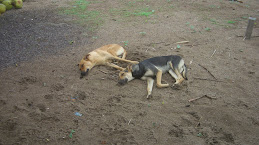



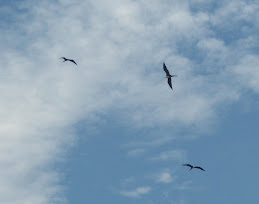


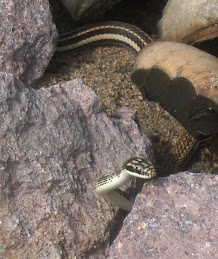
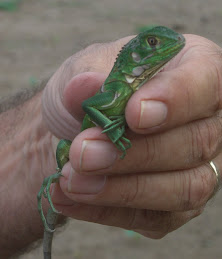
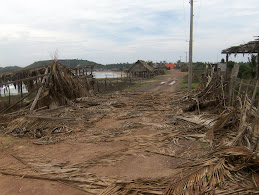
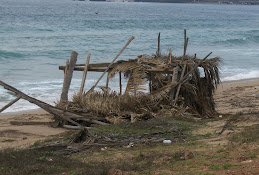



No comments:
Post a Comment